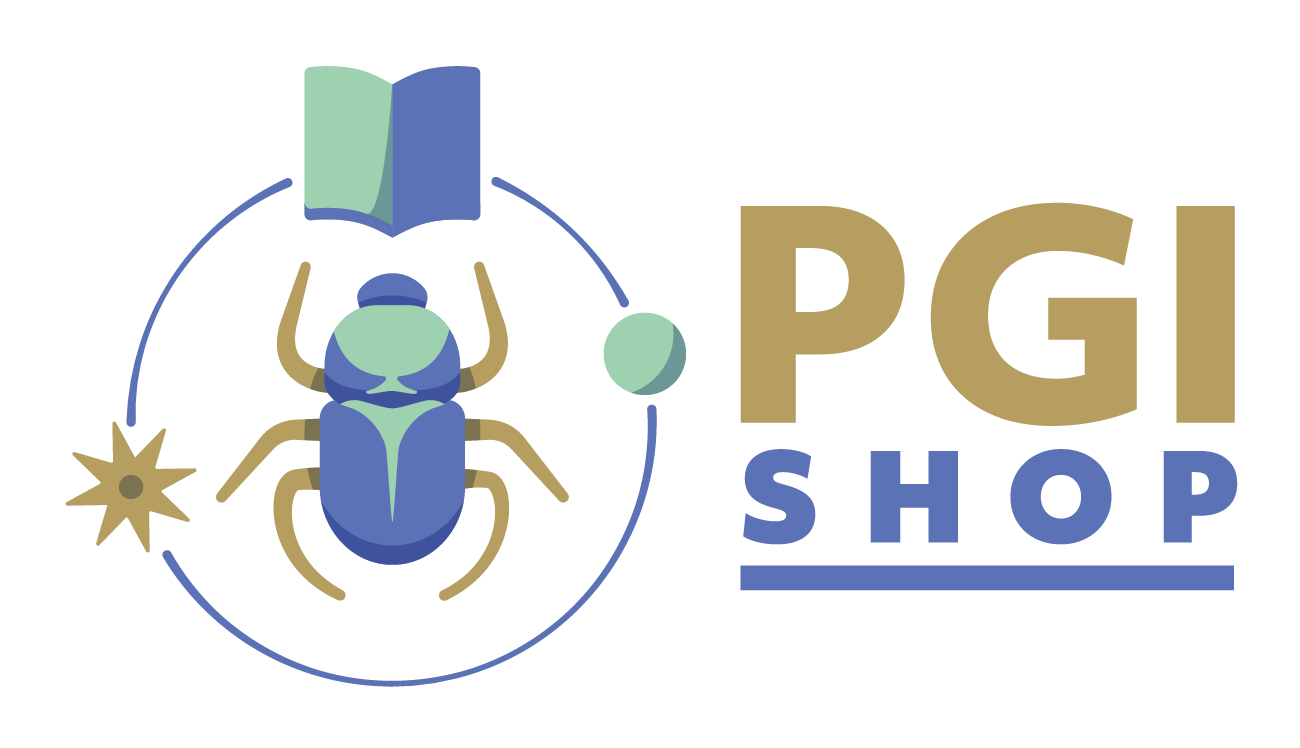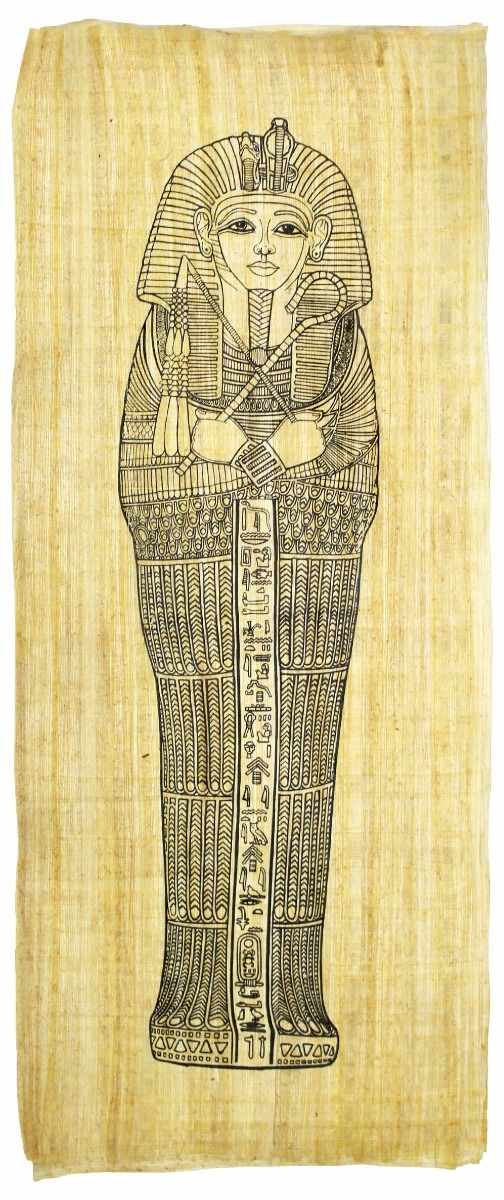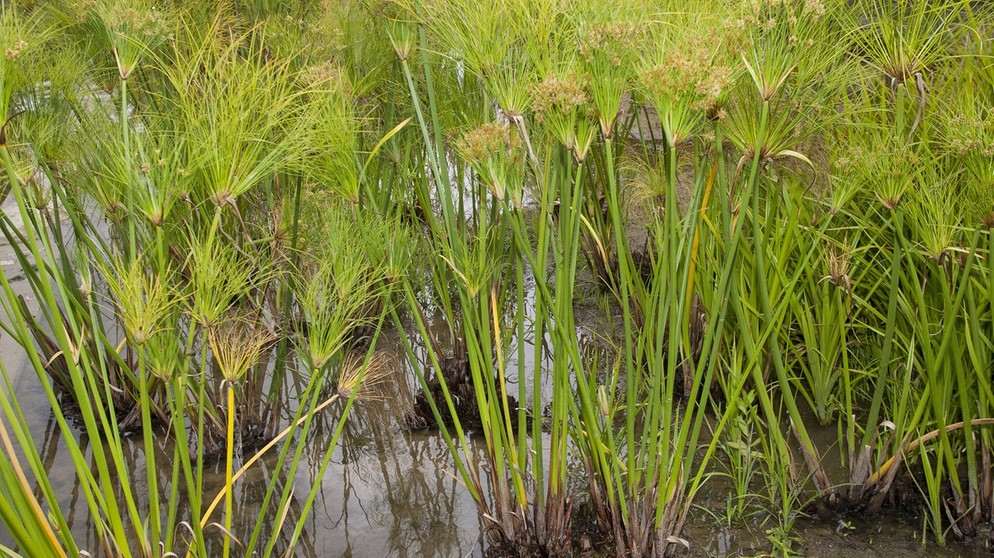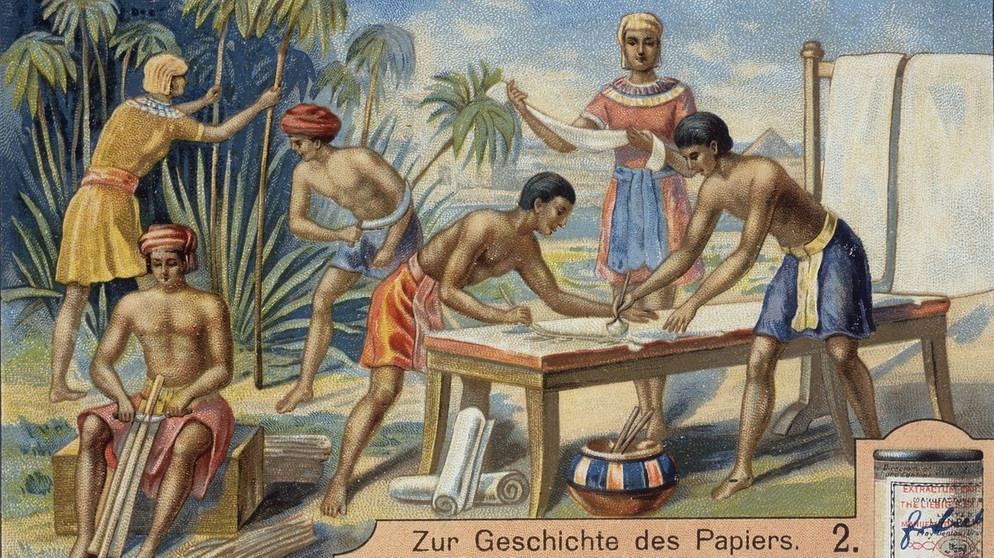Papyrus Large-Size - The Sarcophagus of Tut-Anch-Amun
Natural papyrus with outline motif - natural border - approx. 32 × 82 cm
This is the way to "grasp" history! A real experience and guaranteed unforgettable.
Ideal for thematic school and art lessons.
To the motif
The sarcophagus of Tut-Anch-Amun is a marvel of goldsmithing. When Howard Carter discovered the tomb in the Valley of the Kings in 1922, the news went around the world and aroused great interest.
For painting
12 double-fibre pencil - Article No. 2701
Pilot Pintor - White, Gold, Silver Article No. 2703
Set of 6 tempera paints - Article No. 2711
Set of 14 tempera colours - Article No. 2712
Brush set 6 pieces - Article No. 2713
Mixing palette - Article No. 2714
PGI Bookmark
made of hand laid papyrus, made in Egypt
silkscreen motif, natural border
can be painted with fibre-tip pens and watercolours
| Aspiration scale: | Medium |
|---|---|
| Time Line: | 3,0 Hours |
The sarcophagus of Tut Anch Amun
Tut-Anch-Amun, whose birth name was Tut-Anch-Aton, was the son of Akhenaten IV. At a young age he married his half-sister Anchesenamun (daughter of Nefertiti) and ascended the throne. He died at the age of about 18.
The sarcophagus of Tut-Anch-Amun is a marvel of goldsmith's art. When Howard Carter discovered the tomb in the Valley of the Kings in 1922, the news went around the world and sparked great interest. The tomb was relatively intact, as could be seen when it was opened on 16 February 1923. Tutankhamun, although only a minor pharaoh, had received a rich quantity of precious grave goods with him. The outermost and middle coffins were gilded, whereas the innermost coffin, which contained the mummy, was made of pure gold and weighed 110.4 kilograms. Also gilded were the four wooden shrines surrounding the sarcophagus and the smaller canopic shrine with the canopic box.
As the only mummy of the Egyptian kings, the mummy of Tut-Anch-Amun is currently in its tomb, but - in order to better protect it from environmental influences - it was reburied in a climate-controlled plexiglass coffin.



